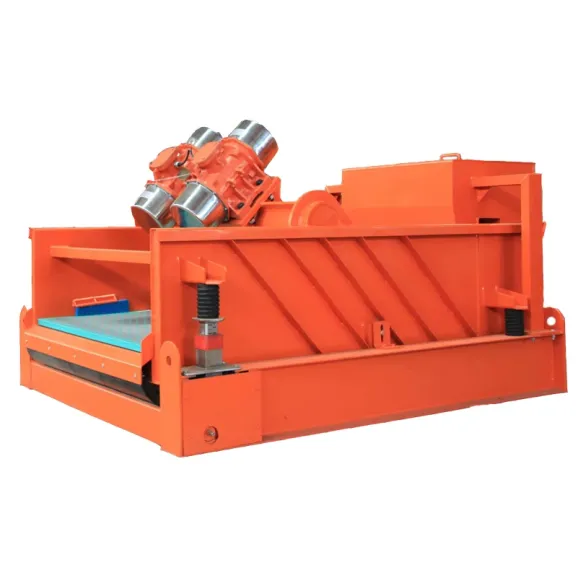- Industrial zone, South of Anping Town, Hengshui, Hebei, China.
- sales@hfpetromesh.com
- +86-18931809706
bar grating weights
Understanding Bar Grating Weights A Comprehensive Overview
Bar grating is an essential component in various industrial and architectural applications. It serves as a flooring solution, a support structure, and a platform for maintenance activities, among other uses. While selecting bar grating for a project, one of the critical factors to consider is its weight. This article delves into the significance of bar grating weights, influencing factors, and how to efficiently calculate and choose the right grating for your needs.
What is Bar Grating?
Bar grating is a type of construction material made from a series of parallel bars or strips that are welded or joined together to form a grid-like structure. They are often composed of materials such as steel, aluminum, or fiberglass, providing excellent strength, durability, and resistance to various environmental factors. Bar grating is widely used in industries like construction, manufacturing, and energy due to its ability to handle heavy loads and facilitate safety in walkways, platforms, and drainage systems.
Importance of Bar Grating Weights
Understanding the weight of bar grating is vital for several reasons
1. Load-Bearing Capacity The weight of bar grating directly correlates with its load-bearing capacity. Heavier gratings typically support more weight and withstand heavy machinery and foot traffic, making weight a crucial factor in design specifications.
2. Transportation and Handling The weight affects how bar grating can be transported from manufacturing facilities to installation sites. Lighter materials can be easier to handle, reducing labor costs and making logistics simpler.
3. Structural Integrity In construction, the overall weight of materials impacts the structural integrity of a building or installation. Understanding the weight helps engineers calculate load distributions and build safer structures.
4. Cost Efficiency Weight plays a role in manufacturing costs. Heavier materials may be more expensive due to the greater amount of raw materials used. Accurate weight estimations can lead to better budget management in projects.
Factors Influencing Bar Grating Weight
Several factors affect the weight of bar grating
bar grating weights

1. Material The choice of material is one of the most significant determinants of weight. Steel gratings tend to be heavier but provide superior strength, while aluminum options are lighter and corrosion-resistant. Fiberglass grating is another alternative, offering a balance of weight and resistance to harsh conditions.
2. Bar Size and Spacing The dimensions of the individual bars and the distance between them also impact overall weight. Thicker bars and closer spacing contribute to greater weight and strength, whereas thinner bars with wider spacing reduce the weight.
3. Grating Type The design of the bar grating influences its weight. Common types include welded, bar grating (most common) and swage-locked grating. Each type has different weight characteristics based on its construction approach.
4. Finish Additional surface treatments, such as galvanizing for corrosion resistance, can add weight. This is important to consider for environments where exposure to chemicals or moisture is a concern.
Calculating Bar Grating Weights
To calculate the weight of bar grating, use the following formula
Weight per square foot = (Weight of material per cubic inch) x (Thickness of grating in inches) x (Bar spacing width in inches)
This formula allows engineers and project managers to estimate the overall weight of the grating based on its dimensions and the material used. By sourcing the correct values for the weight of specific materials, one can arrive at an accurate weight projection necessary for structural calculations.
Choosing the Right Bar Grating
When selecting bar grating for your project, consider the following
- Application requirements Understand the loading requirements and environmental conditions. - Weight restrictions Ensure the design accommodates load limits to maintain safety and integrity. - Cost vs. Performance Assess the trade-off between material weight, performance, and budget constraints.
In conclusion, understanding bar grating weights is fundamental for ensuring structural safety, optimizing logistics, and improving overall project efficiency. Properly factoring in the weight alongside other critical selection criteria will lead to informed decisions that contribute to successful project outcomes. Whether in construction or industrial settings, the appropriate choice in bar grating can enhance safety, performance, and durability.
-
The Power of Pyramid Shaker Screen - A 3-Dimensional SolutionNewsOct.24,2024
-
Exploring the Versatility and Durability of Steel GratingNewsOct.24,2024
-
Revolutionizing Drilling Efficiency with Steel Frame Shaker Screens for Mud Shale ShakersNewsOct.24,2024
-
Potential of Shale Shaker ScreensNewsOct.24,2024
-
Offshore Pipeline Counterweight Welded Mesh - Reinforced Mesh in Marine EngineeringNewsOct.24,2024
-
Revolutionizing Offshore Pipeline Stability with Concrete Weight Coating MeshNewsOct.24,2024
